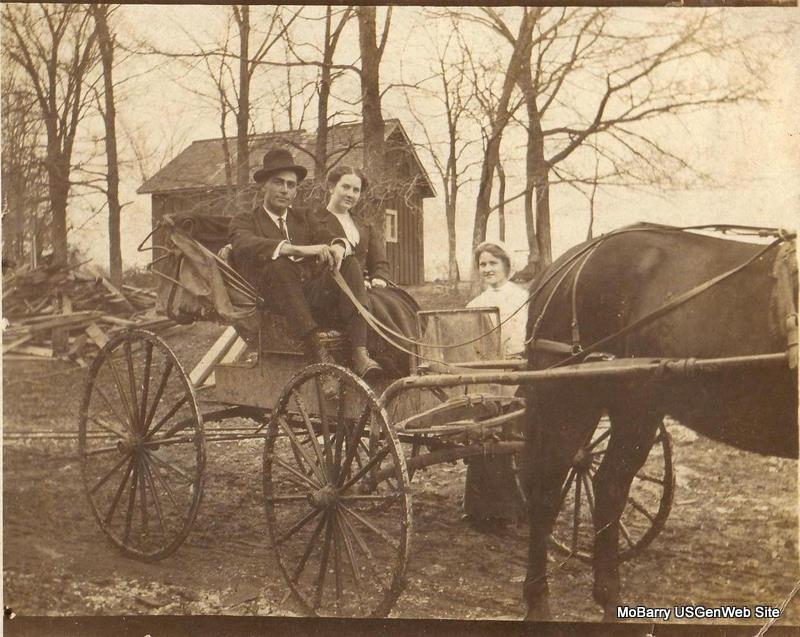Showing posts with label Internet Research. Show all posts
Showing posts with label Internet Research. Show all posts
Friday, November 12, 2010
Genealogy, Technology and Internet Research
Family tree climbers have been around for ages so what can be new about finding something old? The ability to search quickly and to add collectively to a family group certainly comes from new technology advantages such as the Internet and new services so adding something new to something old makes sense. Software made to sort files quickly saves a lot of time and helps prevent mistakes, because often names and dates are edited electronically as they are added to these programs. New ways of doing research is based on learning to use the Internet and new software programs.
Problems do come from using the Internet so it isn't as easy as it might seem to the beginner. Certainly genealogical research is a complex process and should be based on historical records and sometimes genetic analysis to demonstrate kinship, which isn’t always understood as researchers copy and paste in names and files from the Internet.
When seeking reliable conclusions based on research, ideally original records are best. Un-sourced files don’t add creditability to family trees. Primary or firsthand information and evidence that can be drawn, directly or indirectly, from that information is the glue that holds the tree together and that type of information might not always be found on the net.
If in many instances where genealogists assemble indirect or circumstantial evidence to build a case for identity and kinship the documentation doesn’t hold up or met standards. All evidence and conclusions, together with the documentation that supports them should be assembled to create a cohesive history that will stand on its own and without question.
In the days before Internet research became so handy to use historical, social, and family context was essential to build the final product. It takes effective achieving, correct identification of individuals and relationships to do this - and maybe some experience. Source citations are certainly most important when drawing the final conclusion. That information is not found in already assembled trees that are not sourced.
In the days before Internet genealogy, researchers often began their studies by collecting family documents and stories, but did not base the final product on hearsay that came with the file as in "a hand me down type of file" - like a GedCom. It is widely known and accepted as fact that a GedCom file produced by another person is not accepted as research that can always stand on its own.
Stories and family documents create the foundation from which to build on and help to conclude the facts that make the final product. A documentary research study takes time and is not done overnight. A compressive study involves examining and evaluating historical records for evidence of ancestors and other relatives, their kinship ties, and the events that occurred in their lives. Understanding all of these things gives one the advantage in the building of a documented tree.
As a rule, genealogists begin with the present and work backward in time, but an experienced genealogist might work from both ends and using early found clues to tie the work together with documents that have been collected
In the old days facts from material collected, family group sheets and pedigree charts were all done by hand. Now they are used but with software that charts and stores data. Formerly all work was handwritten; but now is generated by genealogical software made easy to use by almost every type of researcher. These advantages are helpful and certainly add accuracy to family trees.
The downfall of having so many ways of storing and researching is the use of the un-sourced GedCom. This type of research spread like wild fire once the beginner learned how to do it. It should be used cautiously by experienced genealogist and probably not at all by beginners.
Researchers mixing and matching similar names with similar dates can be seen on almost every website that has assembled trees. Often a common name is much more difficult to research and so without a very careful study mistakes are often made in the final product.
Internet genealogy is wonderful and so these are the best days to do family research. But the question still lingers. How do we prevent the hazard of inaccuracy from creeping into our own work? It is simple - first ask for sources – second never paste in someone else’s work without first checking out all the sources.
Subscribe to:
Posts (Atom)

